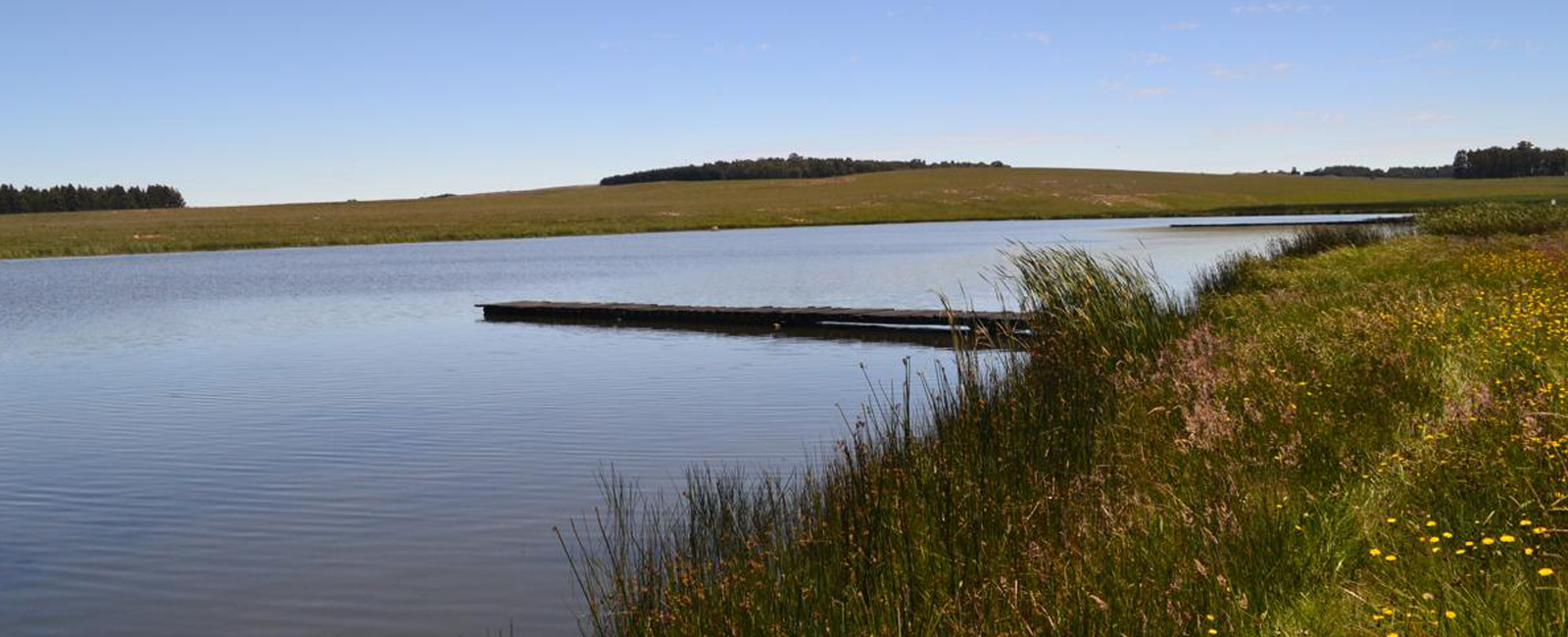
Middelpunt wetland, Mpumalanga. Photo: Tyrone Pearce
Phenology of vegetation and invertebrate communities at high-elevation wetlands in South Africa
Wetlands are formed in areas where water collects, and is sustained by rainfall, springs, or groundwater seepage. Globally, wetlands cover 8,6% of the land surface and take on a variety of forms, from mangroves to high-elevation peatlands. Wetlands provide a variety of provisioning, regulating, supporting, and cultural ecosystem services to both local (e.g., water purification and storage) and global communities (e.g., carbon sequestration in peat). They are also strongholds of biodiversity, with the degree of wetness being the strongest determinant in explaining species variability within them.
Wetlands have been long under threat from anthropogenic disturbances, with drainage being the leading threat to wetlands globally. This stems in part from the idea that wetlands are unfavourable and better used for agricultural purposes or land development. Wetlands are also negatively impacted by mining, afforestation, grazing, pollution, and peat fires. Consequently, inland wetlands have recently been identified as one of the most threatened and unprotected habitat types in South Africa.
The services provided by wetlands to society make their conservation imperative. A better understanding of wetlands, their structure and functioning, and the species that inhabit them is necessary to inform policy and better manage these complex ecosystems. This is especially true for plant and invertebrate communities that form the basis of most food chains. Plants and invertebrates are widely used as indicators of the integrity and functioning of ecosystems. Furthermore, they are effective surrogates to compare sites with different land management practices and environmental conditions.
Vegetation and invertebrate data were recorded for three summer seasons at high-elevation wetlands in Mpumalanga, South Africa: Middelpunt Wetland (cattle farm) and Verloren Vallei (nature reserve). Several related environmental variables were also collected, such as weather, water, and soil characteristics. The objective of the study is to describe and explain the phenology (or seasonality) of the (1) vegetation and/or (2) invertebrate communities of these wetlands.
The following two options are available:
- One MSc candidate: The candidate will explore both the vegetation and invertebrate data sets in separate chapters.
- Two Honours students: One candidate will focus on the vegetation data set and the other on the invertebrate data set.
These results will be used in a larger project, which researches and conserves waterbirds and other faunal groups. The student will have freedom to refine the overarching objective as they explore the provided data set. No further fieldwork is envisioned, but additional fieldwork can be arranged. The ideal student for this project has good numerical skills, experience in analysing data in R, a willingness to learn new analytical programmes, and familiarity with African ecology. The project will be co-supervised by the University of the Free State, the University of Pretoria, and BirdLife South Africa.
Application deadline: 10 March 2023
Applicants are to provide the following information:
One-page cover letter detailing why the applicant is interested in this project
One-page CV highlighting the experiences of the applicant
Certified proof of identification
Send applications to:
Marlize Muller
E: marlize.muller@birdlife.org.za
View the PDF advert.